Description
This non-fiction unit looks at persuasion and argument. Children will read and evaluate texts intended to inform, protest, complain or persuade. In doing so, they will consider how the texts are set out and what language devices are used. They will notice the deliberate use of ambiguity, half-truth, bias; how opinion can be disguised to seem like fact; infer writers’ perspectives from what is written and from what is implied. Children will investigate the use of persuasive definitions, rhetorical questions, pandering and condescension. During the unit, children will write persuasive letters for real purposes, for example to put a point of view or comment on an emotive issue. The first two lessons focus on writing persuasively about environmental issues. The next two lessons look at formal and informal writing and at how to produce a balanced argument. In Lesson 5 the children will take part in a formal debate. The final lesson looks at a famous wartime speech by Winston Churchill. (This could be used separately during a history lesson.)
Lesson 1: How big is your carbon footprint?
• Evaluate texts intended to persuade. • Identify persuasive devices • Infer what is implied
2 Green letters• Know the features of a persuasive letter.
3 Exploring a controversial issue
• To identify textual viewpoints – for, against and balanced. To explore the language and organisational features of texts presenting a specific argument/ point of view.
4 Comparing formal and informal texts
• To identify and explore the features of formal and informal texts. • To listen for language variation in formal and informal contexts. • To employ the features and narrative techniques of formal and/or informal texts in their own writing
5 Establishing a viewpoint on a controversial issue
• To participate in wholeclass debate using the conventions and language of debate, including Standard English. • To identify the ways spoken language varies according to differences in the context and purpose of its use.
Analysing a famous speech
• Listen to and understand a speech. • Recognise the use of repetition and emotive language.
Leave a review


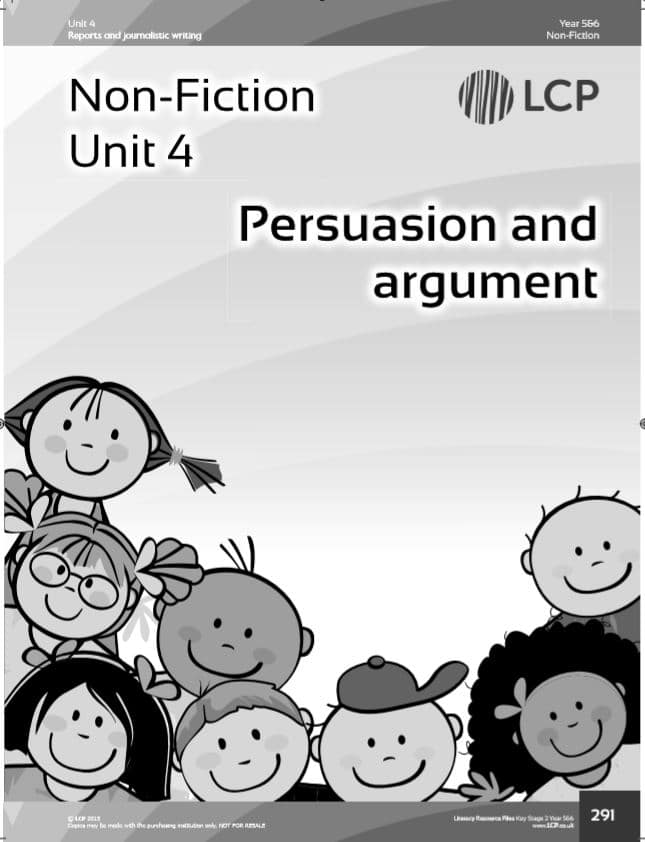
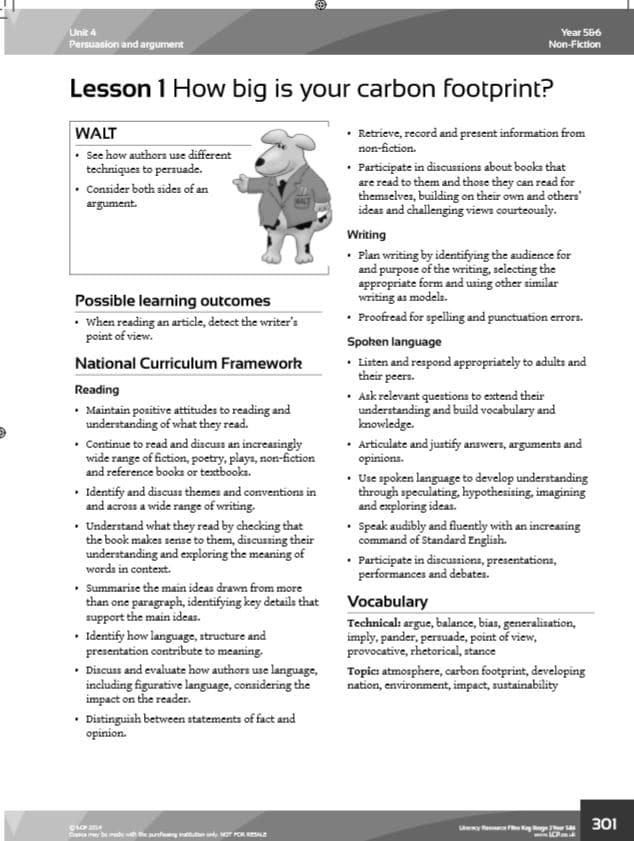
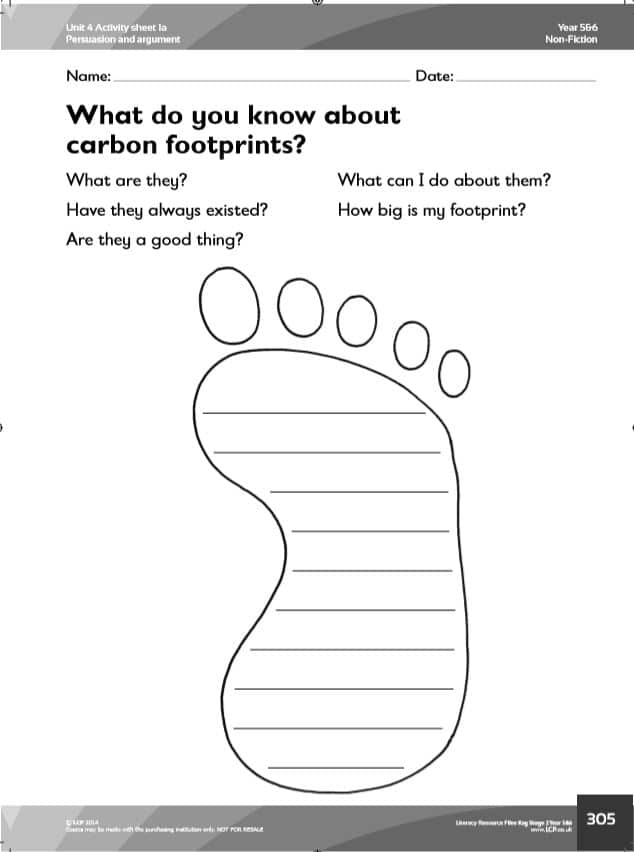

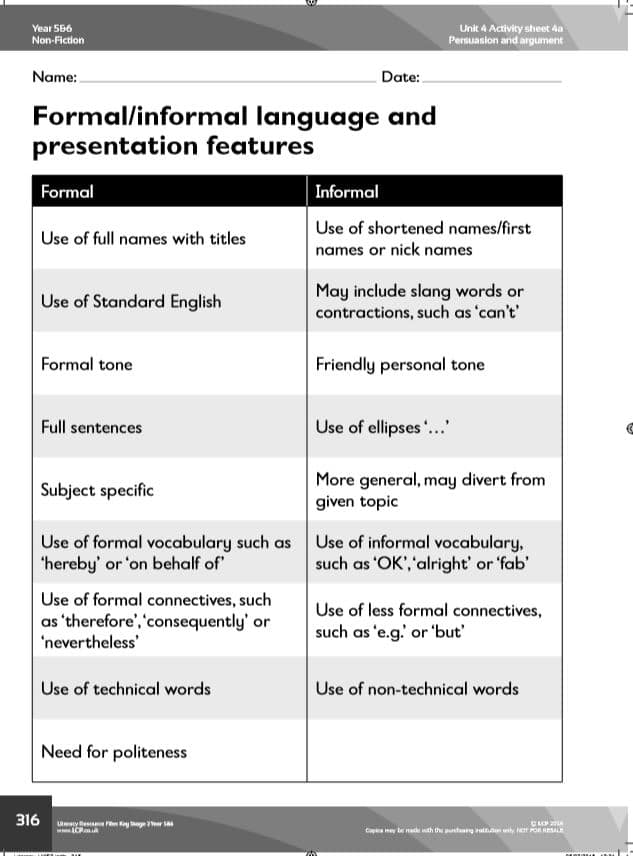





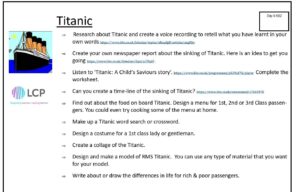
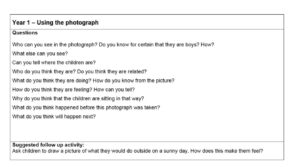
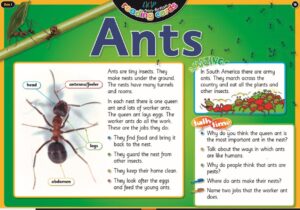


Reviews
There are no reviews yet.